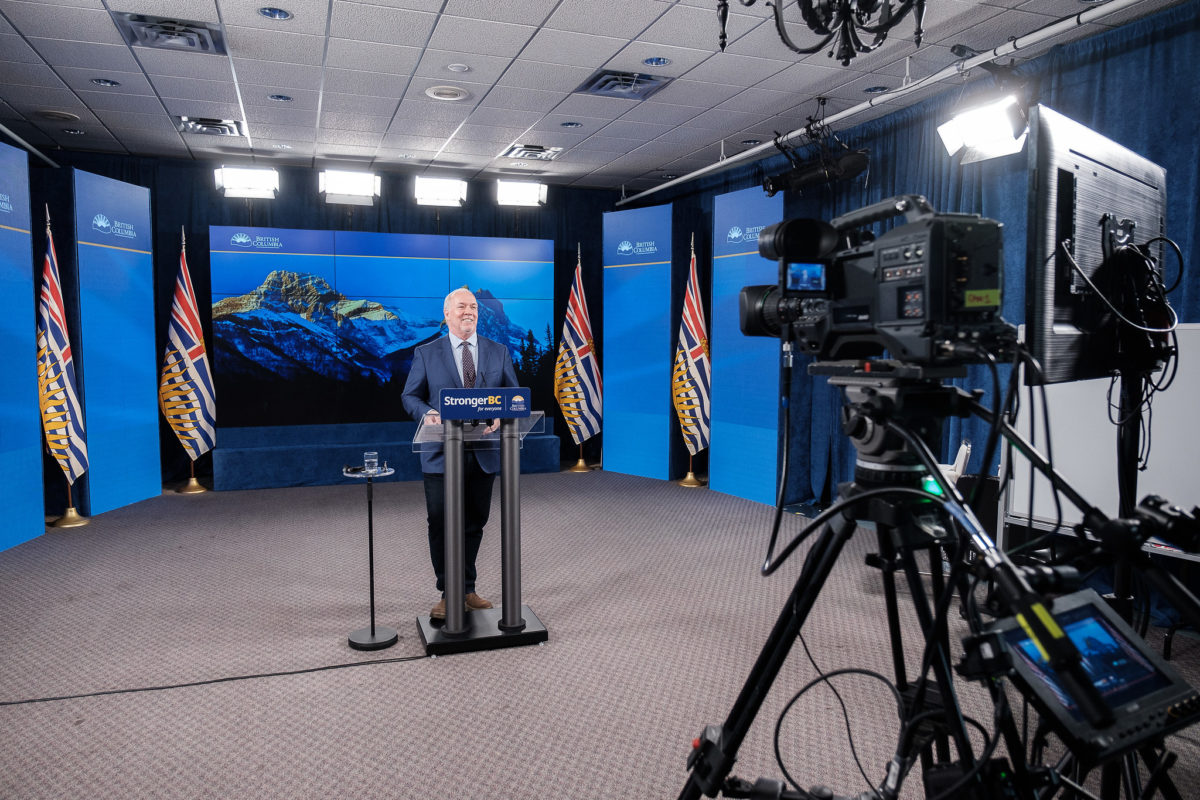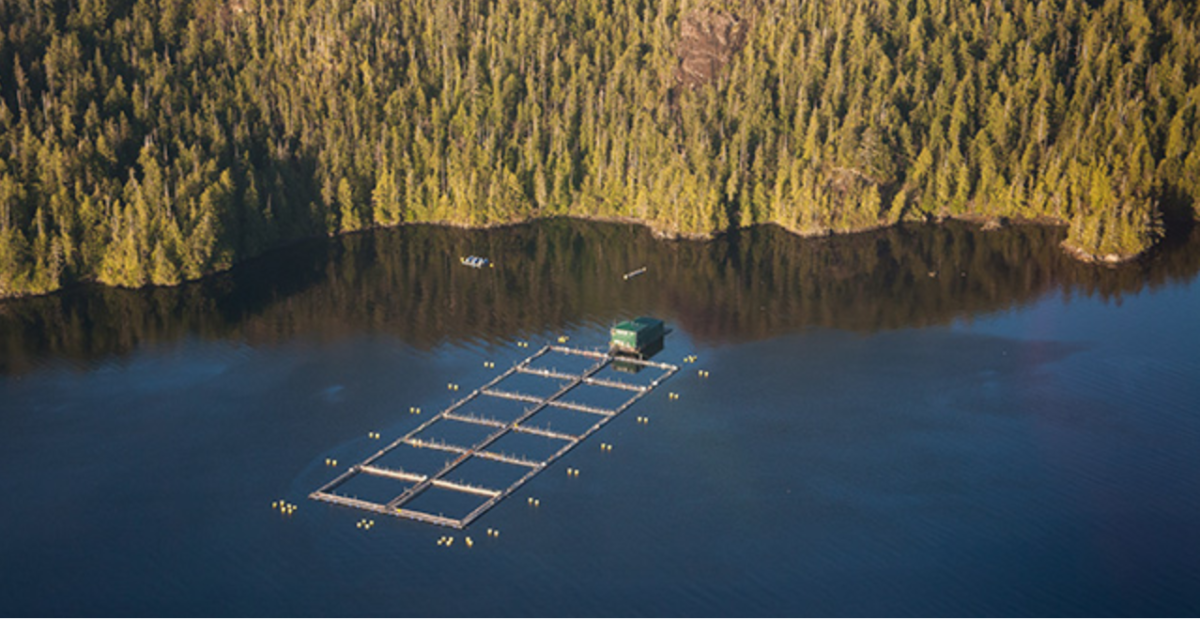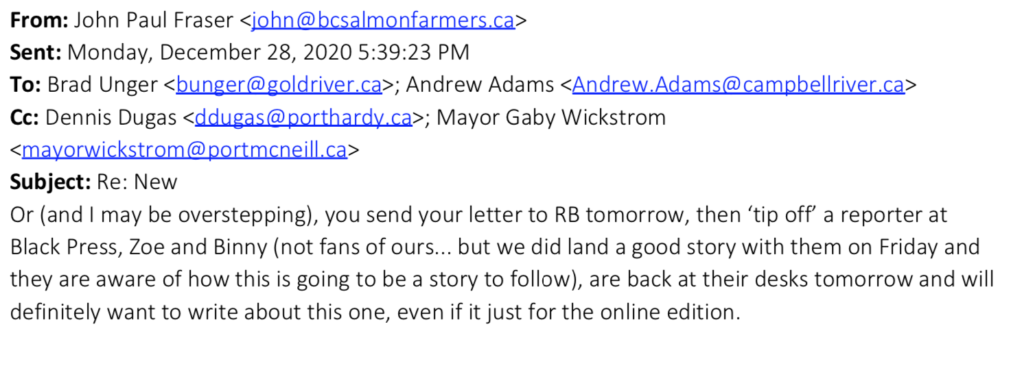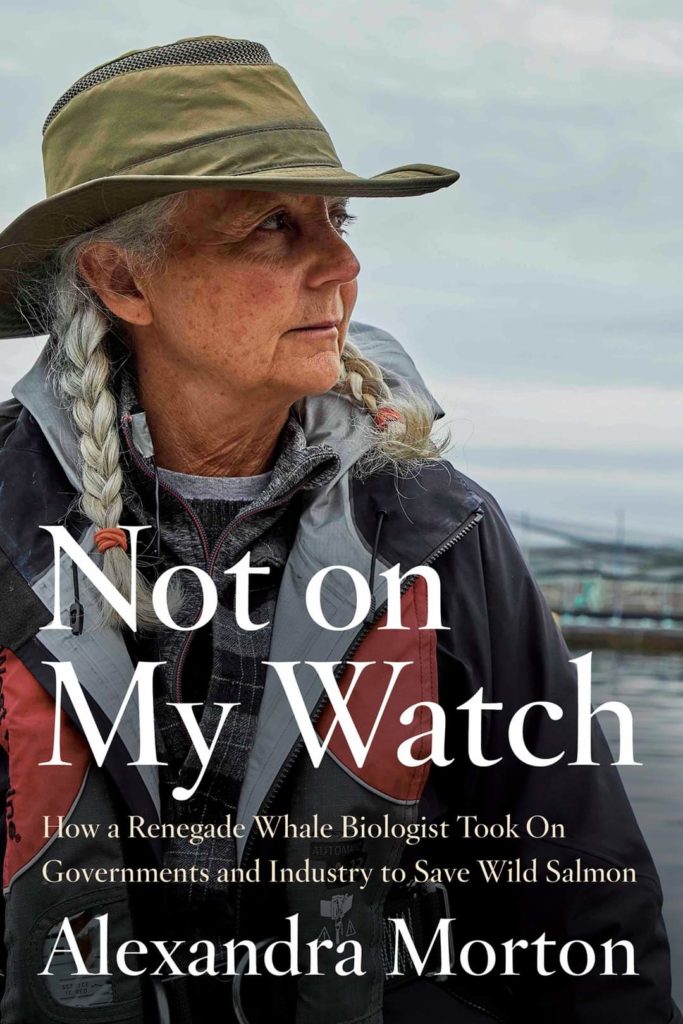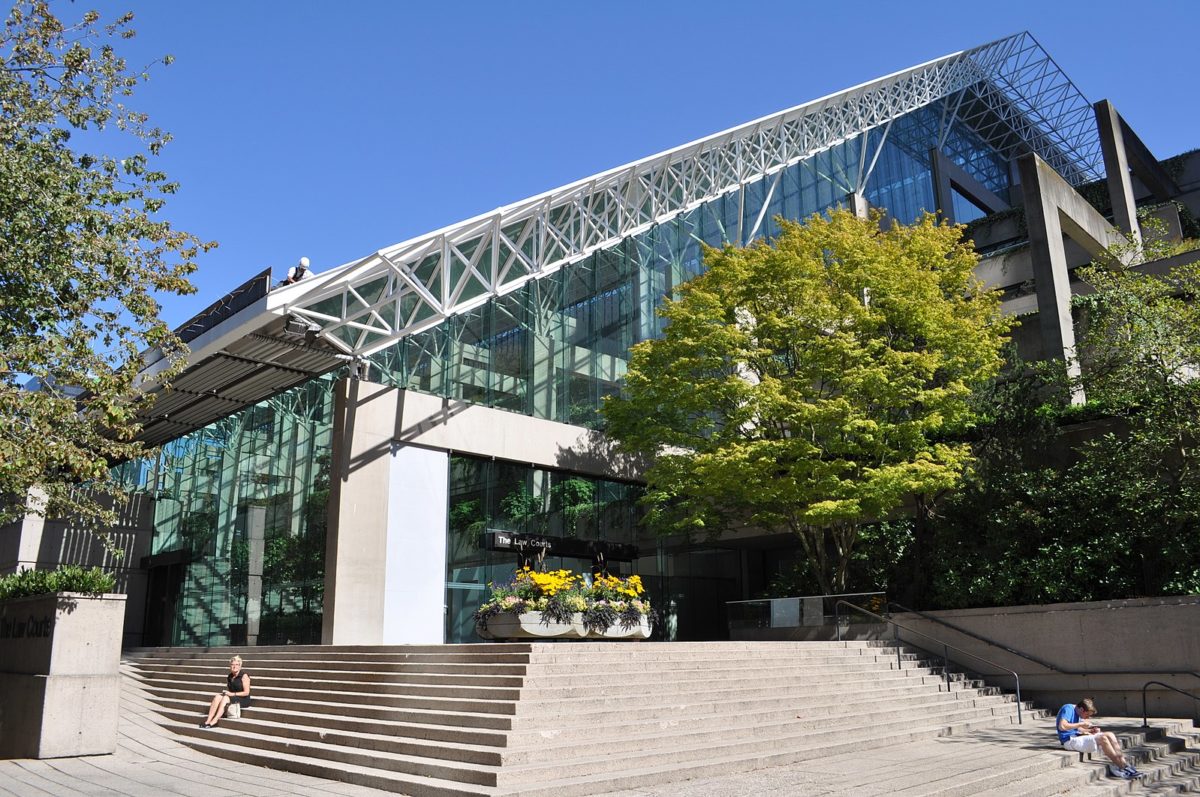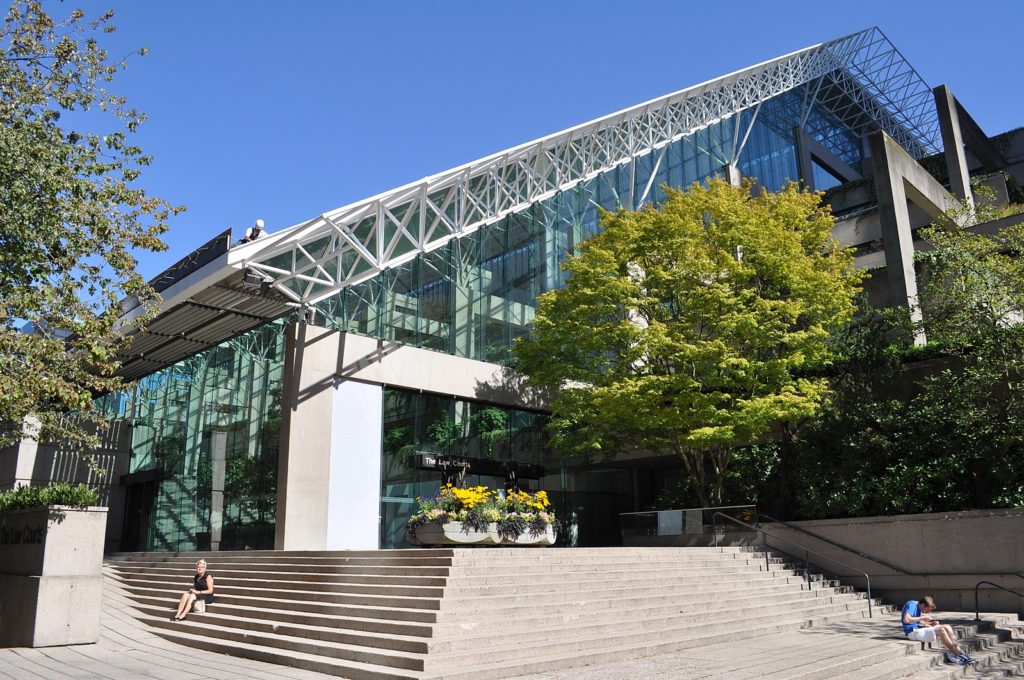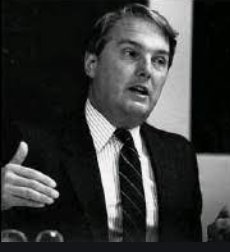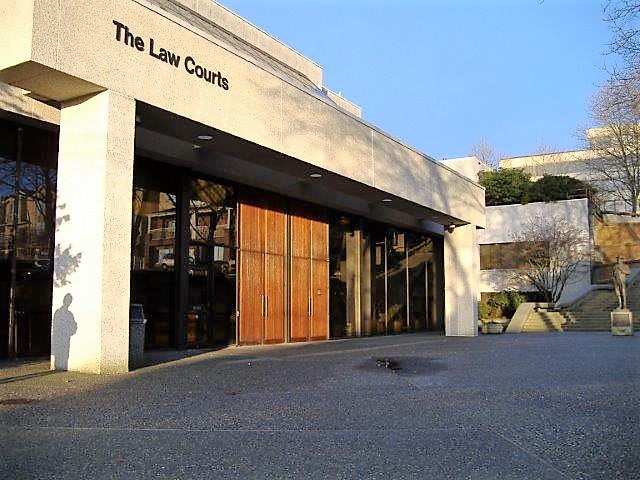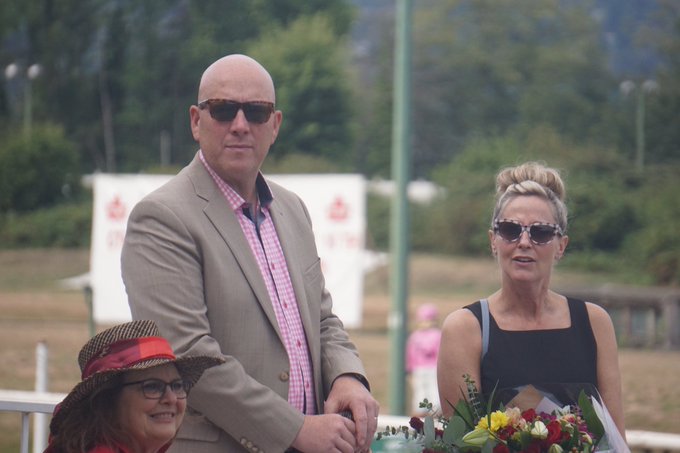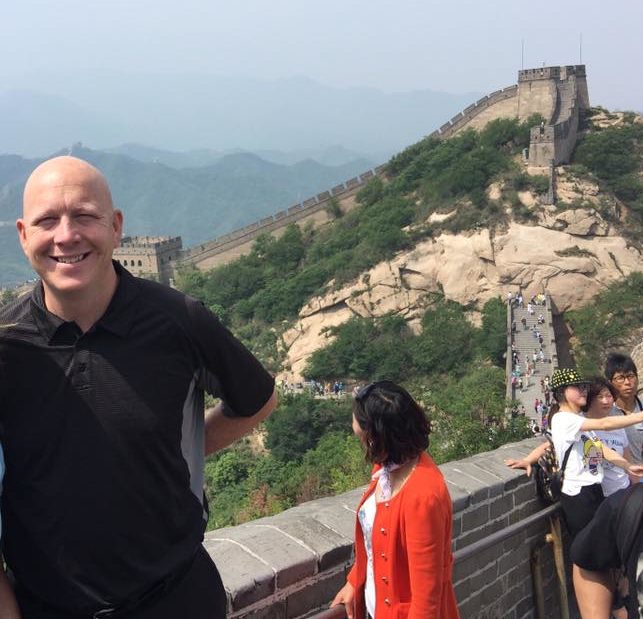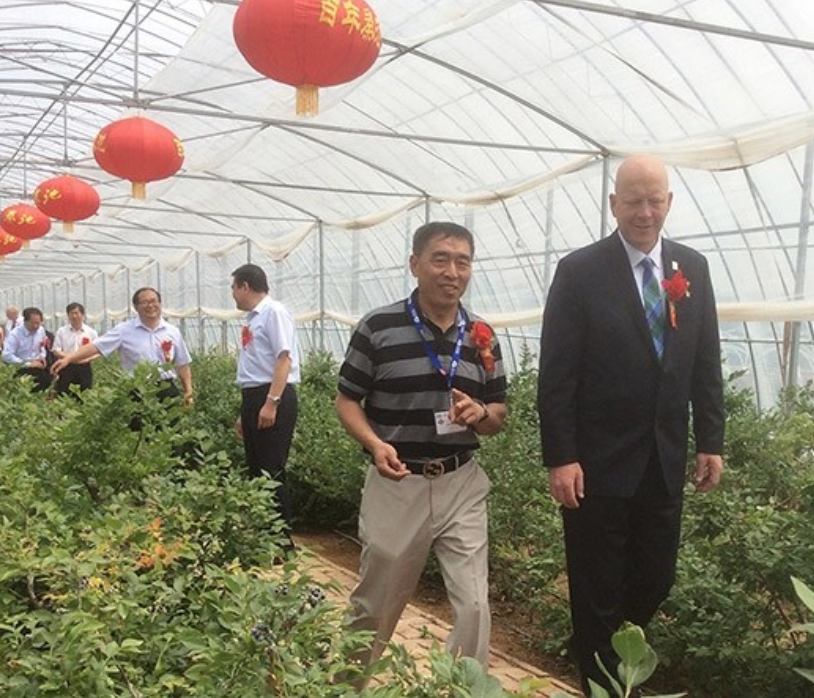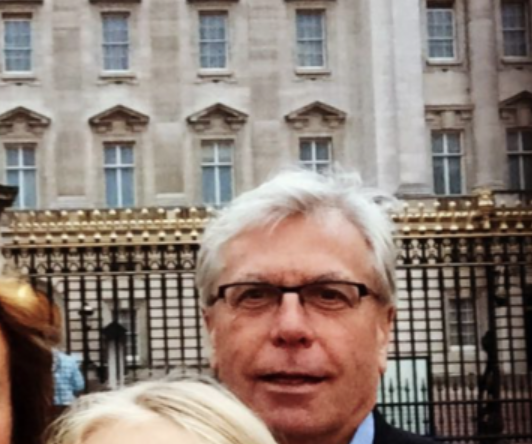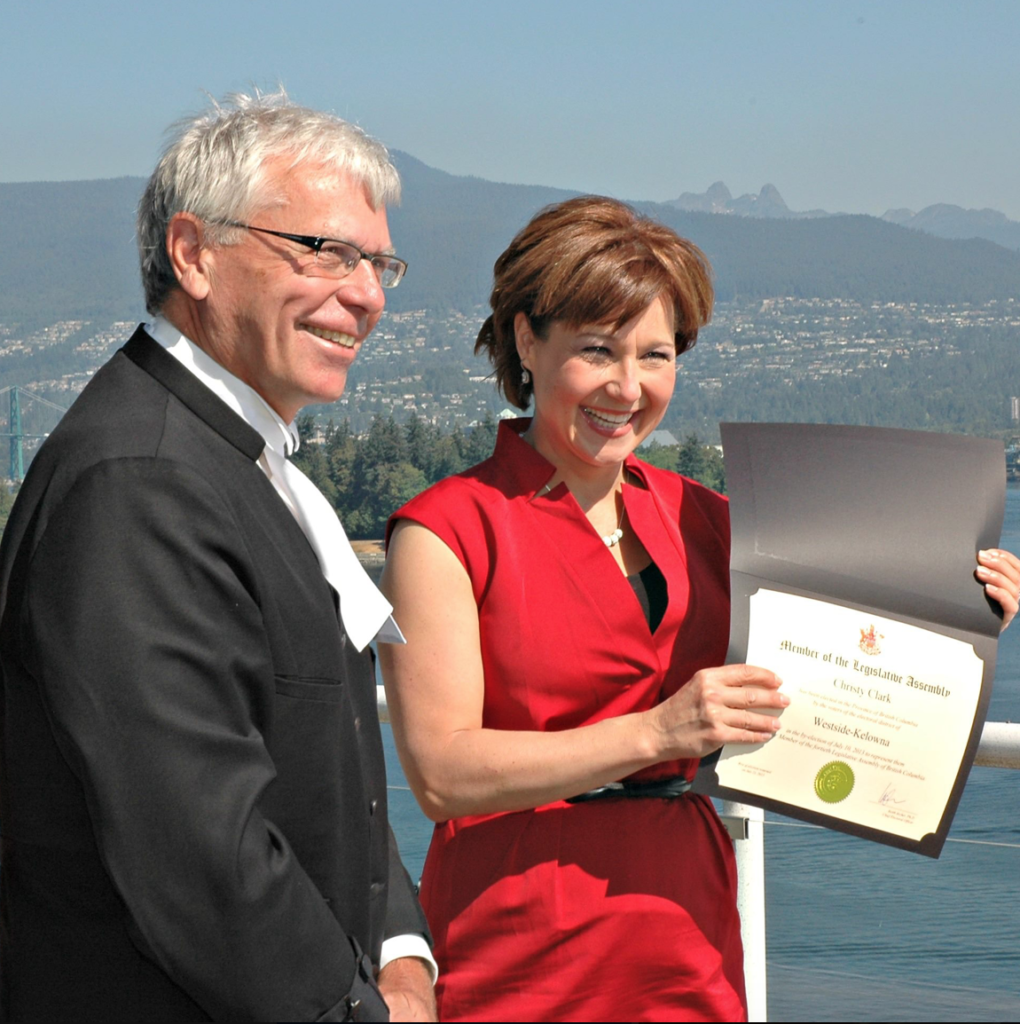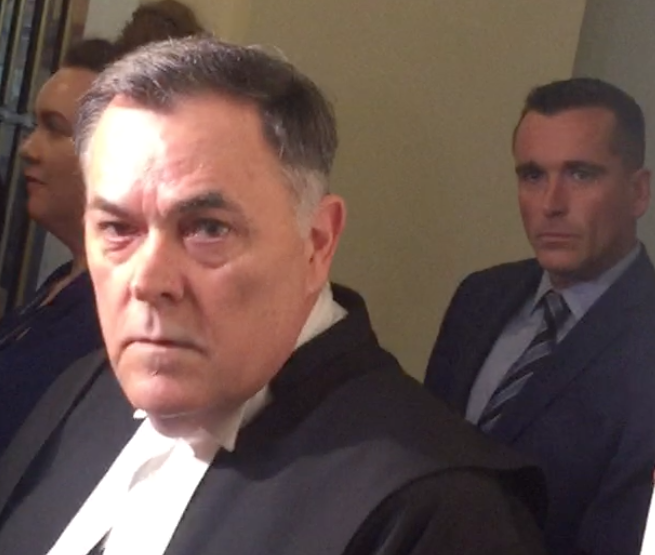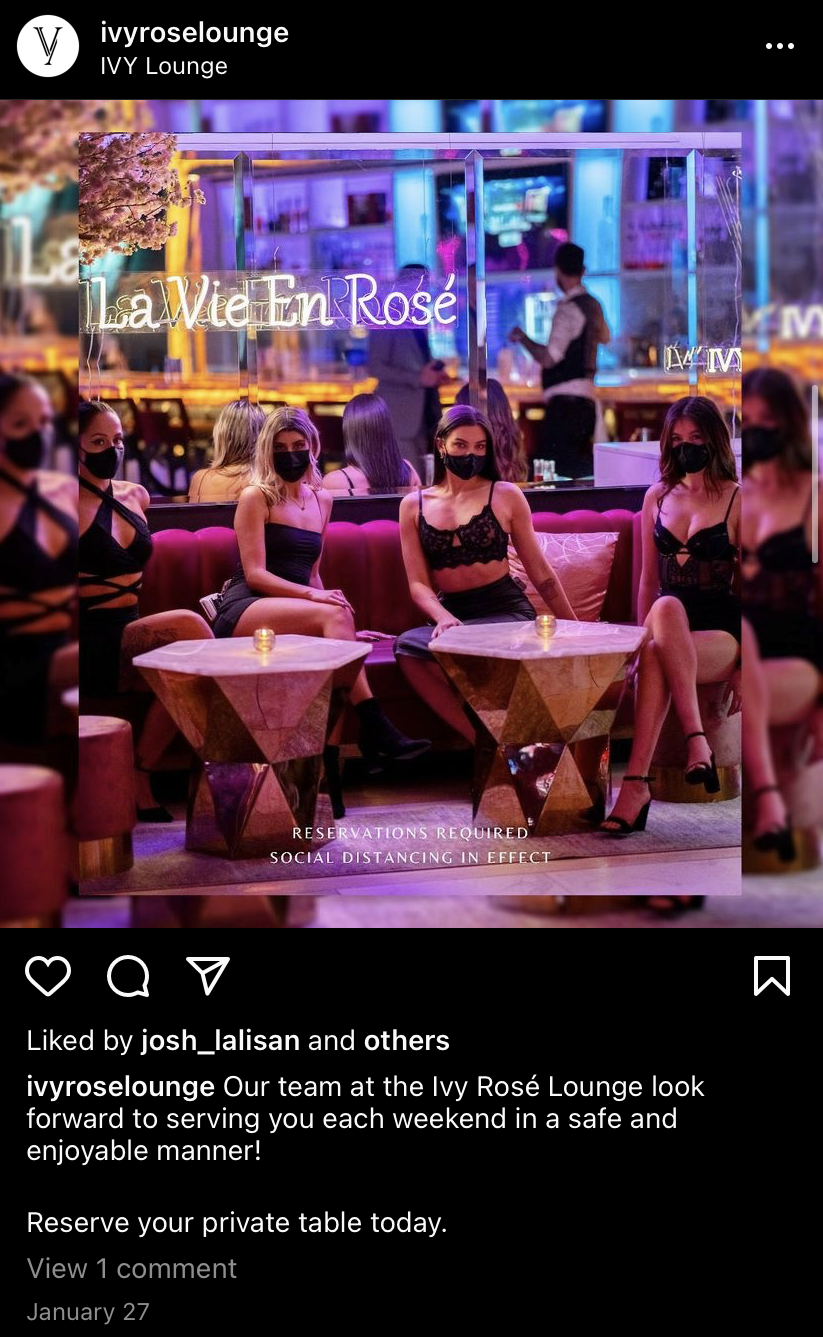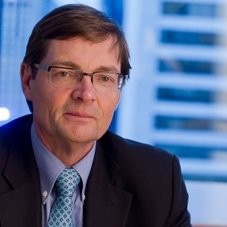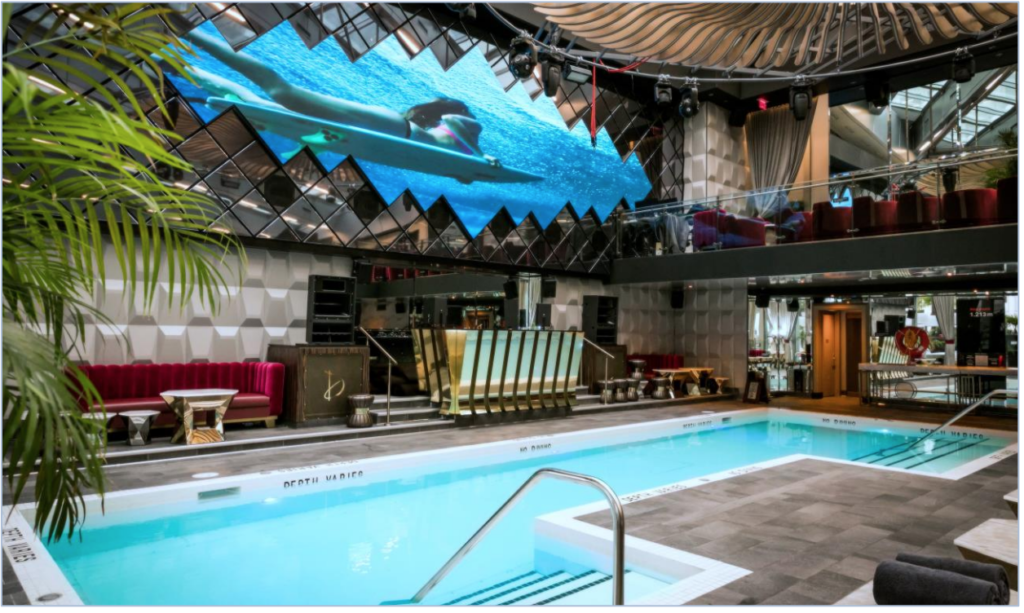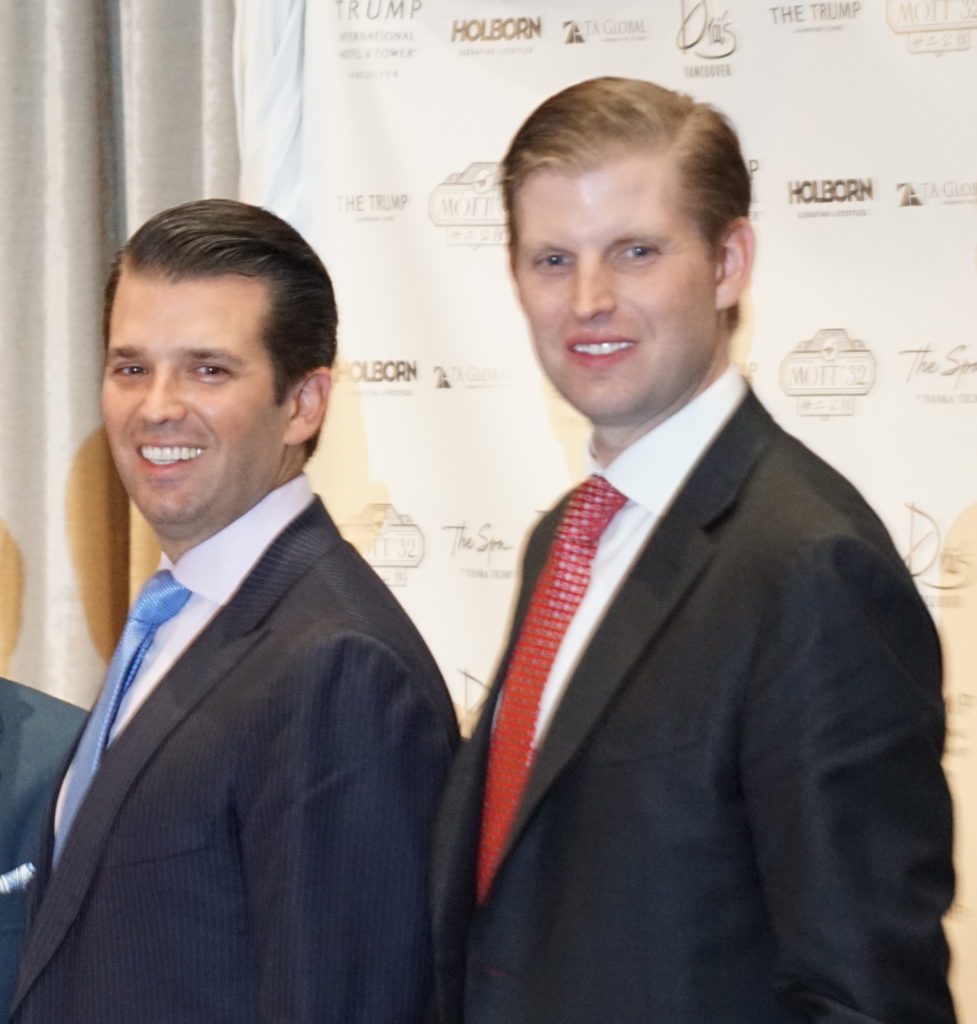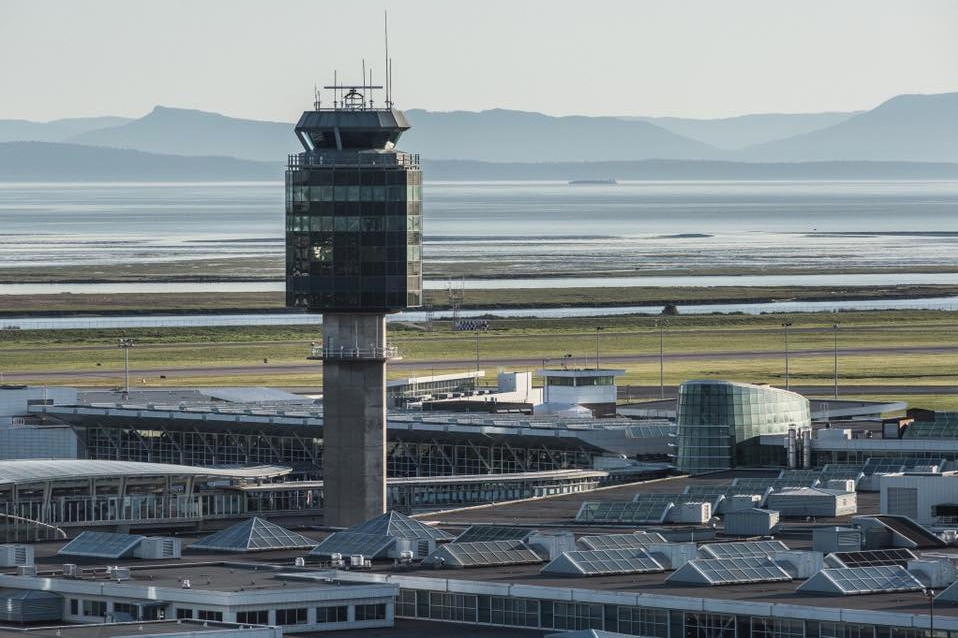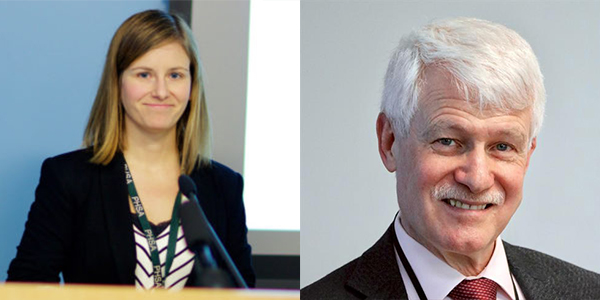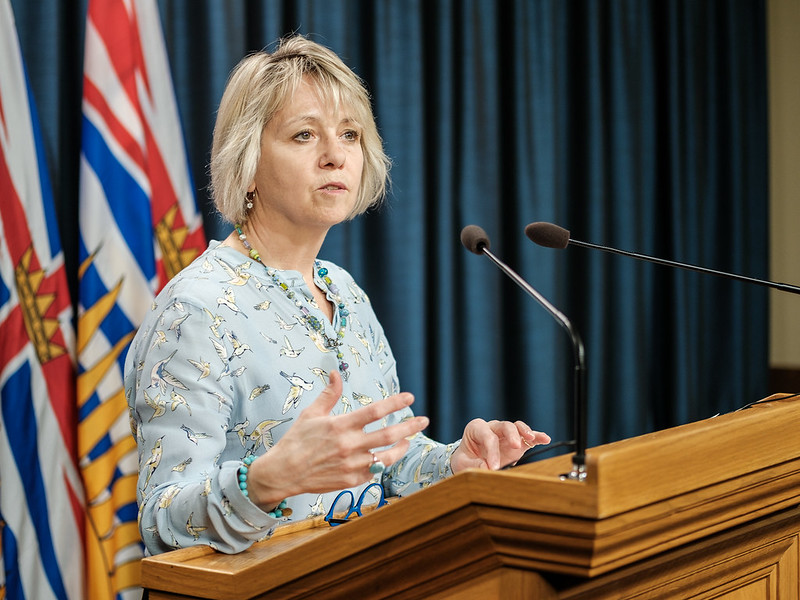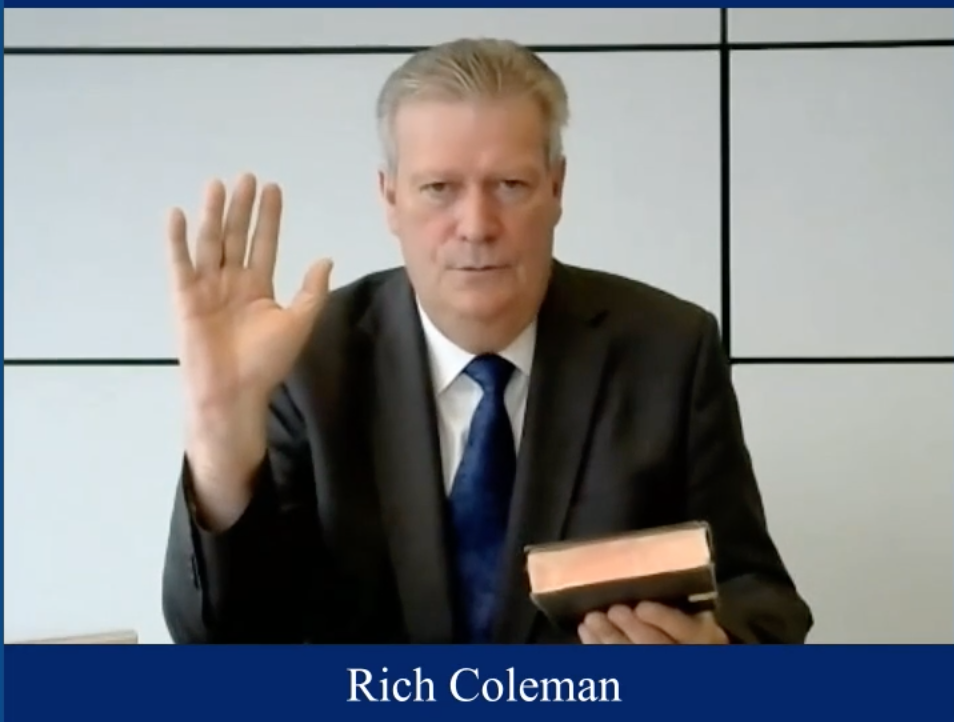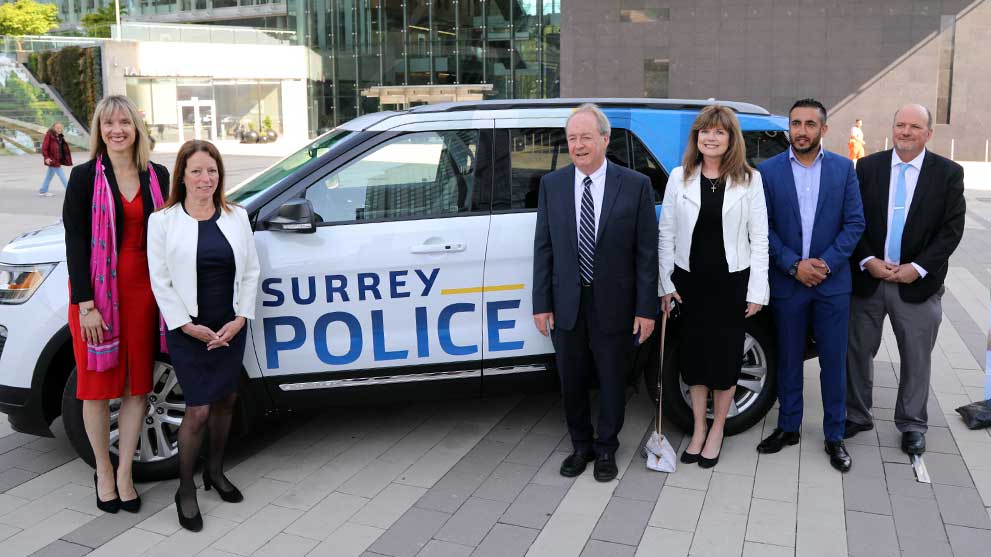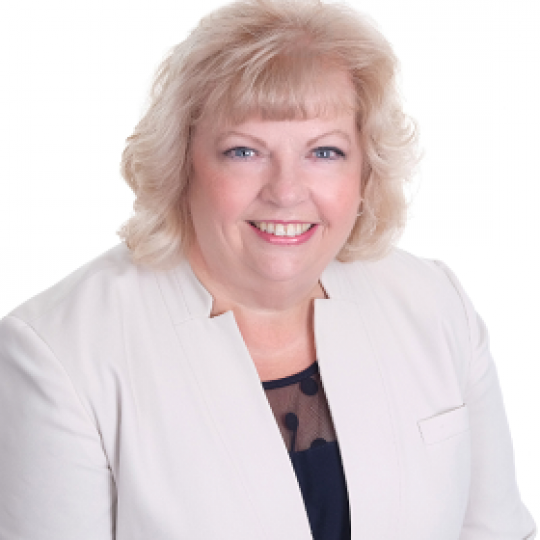Exclusive: Horgan goes for costly “rock star” look at studio where reporters aren’t allowed
Bob Mackin
Premier John Horgan is spending more than $15,000 a month on a custom studio inspired by U.S. President Joe Biden.
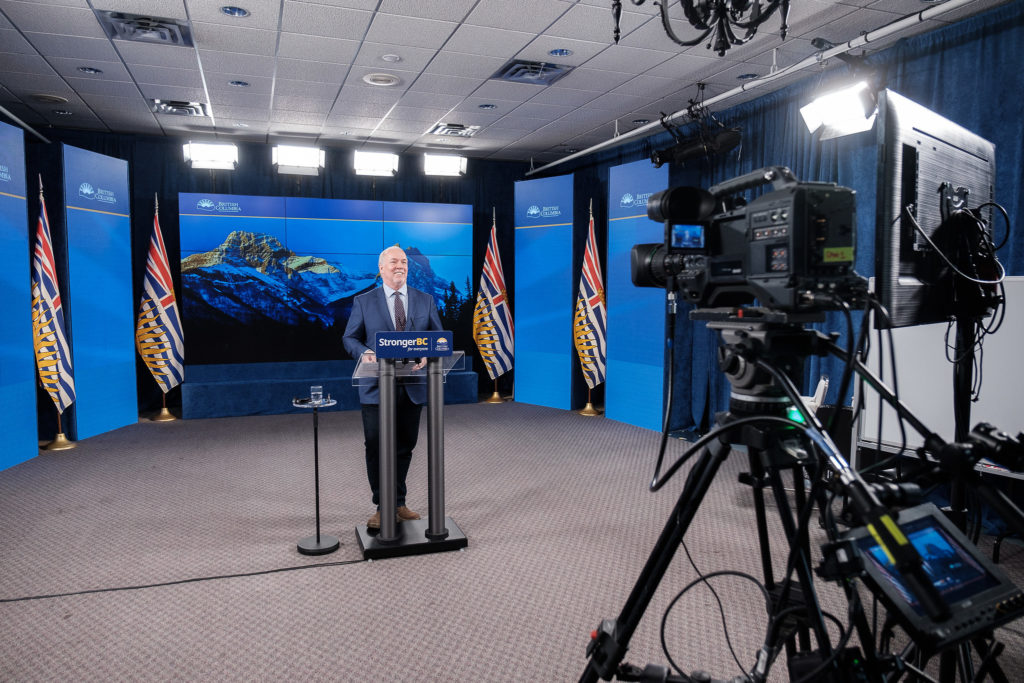
Premier John Horgan in the $15,000-a-month virtual studio (BC Gov)
Since March, Horgan has shifted most of his news conferences away from the Legislature’s press theatre to a newly-built studio. The so-called virtual studio is fully outfitted for broadcasts and doubles as a venue to make Zoom calls.
Documents obtained by theBreaker.news via freedom of information include correspondence from NDP government communications staff with an audio visual production company.
On Feb. 16, events and corporate planning director Rick Devereux sent contractor SW Audio & Visual links to photographs of Biden during pre-inauguration media events on a stage, surrounded by video screens.
“We can discuss,” Devereux wrote. “I don’t want to copy this exactly or anything, but the elements I like are: Pro look; multiple approaches to events that all look nice — speech, meeting, meeting and speech, etc.; flexibility in styles; everything is set up for a nice shot.”
On Feb. 23, SW general manager Mike McFadyen provided a quote to Devereux: An initial $15,000-a-month, three-month term, plus labour and operational costs per event.
“This is a true and fully functional broadcast studio that can be configured as needed depending on event or message,” McFadyen wrote. “Podiums, flags, backline drape, carpet or hard floor and furniture for town halls will also be included,”
SW proposed set-up by March 1, with the high definition video wall, four LED video pillars, teleprompter and a multiple camera package, including a main camera feed to Global TV’s Dejero mobile transmitter.
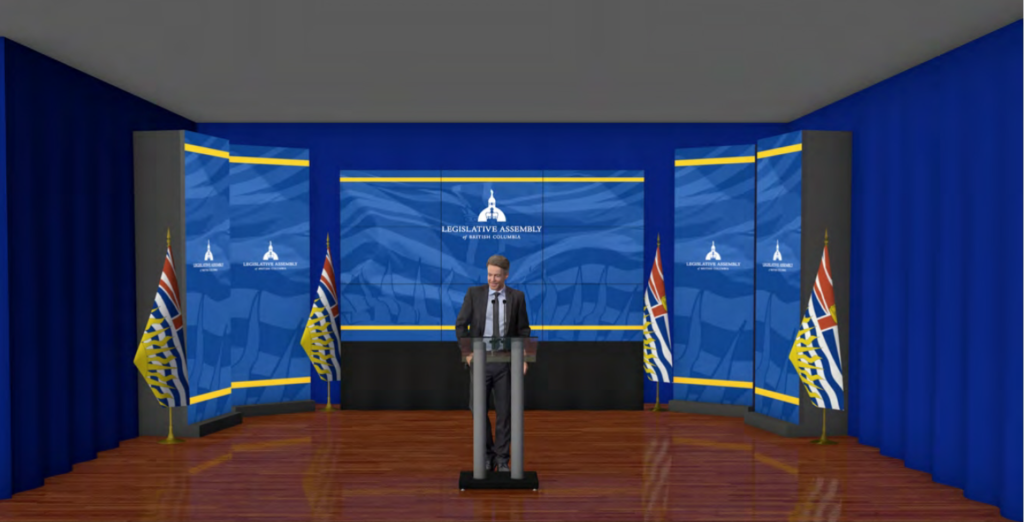
SW Audio & Visual concept for John Horgan’s virtual studio
“This is great to see. Nicely spec’d out,” said Stephen Hargreaves, the government’s video production manager, to Devereux on Feb. 25.
The documents show SW invoiced the Government Communications and Public Engagement department $19,650 for the March 8-April 8 studio rental and two events, including Horgan’s announcement about hiring staff from the tourism industry to work at coronavirus vaccination clinics.
Kris Sims, B.C. director of the Canadian Taxpayers Federation, said Premiers need to communicate their messages clearly and, sometimes, quickly. But Horgan already has a press conference facility at the Legislature and B.C. is facing a record deficit and debt.
“They’re not rock stars, they don’t need super fancy space age technology, changing backgrounds,” Sims said. “They certainly don’t need the taxpayer to pay for it.
“This looks like caviar taste, when we should be on a canned tuna budget.”
theBreaker.news wanted to know the long-term plan for the virtual studio, when Horgan would resume travel and when he would end his year-long prohibition on in-person media access. Horgan press secretary Lindsay Byers confirmed she received the request, but she did not respond with answers.
Even before the pandemic, Horgan had a baptism by fire web conference moment on Jan. 13, 2020. Prime Minister Justin Trudeau was stuck in Vancouver due to a snowstorm and unable to visit Victoria, so they met via the B.C. government’s Telepresence teleconference system. In addition to hybrid sittings of the B.C. Legislature, Horgan appeared at a virtual swearing-in ceremony to announce his new cabinet last November. He was on-stage at the University of Victoria auditorium, while ministers took their oath of office via Zoom.
During the pandemic, Horgan has not traveled outside the Capital and Vancouver areas, except for last fall’s snap election campaign. Horgan has not hosted reporters in-person at a news conference in almost a year, except for the Sept. 21 to Oct. 24 campaign. The day after he won a 57-seat majority, he said he planned to resume travel to rural areas. However, that desire to travel was delayed because the second wave of the pandemic was already underway.
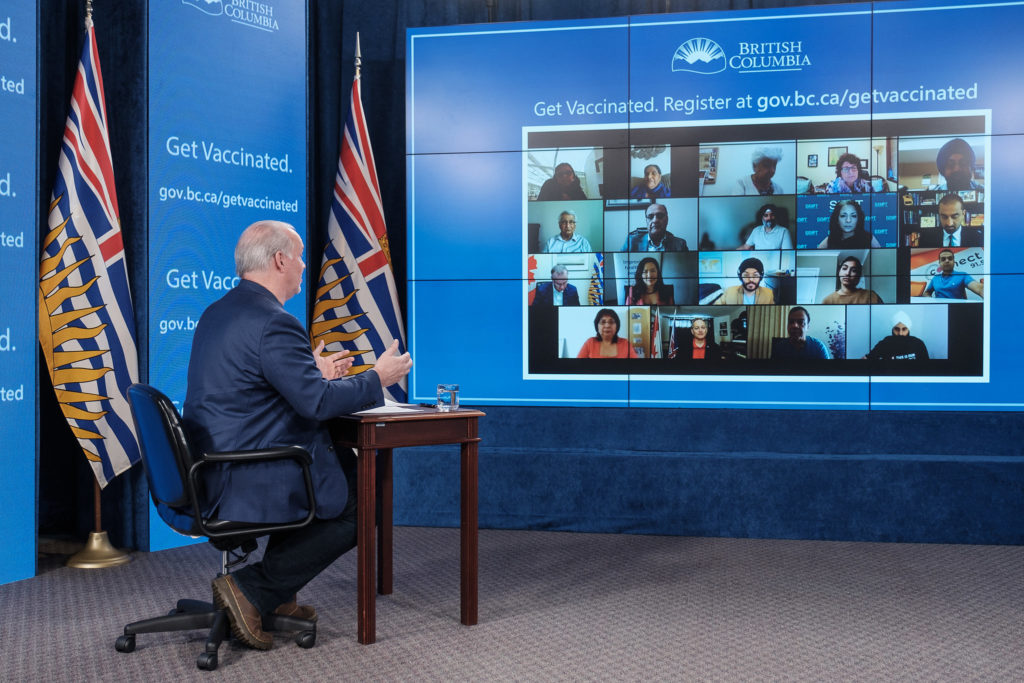
Premier John Horgan in the $15,000-a-month virtual studio (BC Gov)
“Having a majority government will allow me to get out of Victoria,” Horgan told reporters. “I’ve been tied in the legislature for big chunks of the year, and I’ll be able to travel now more freely to other prats of British Columbia and be the spokesperson for the issues that we’re bringing forward that will benefit rural British Columbia.”
In this year’s budget, Horgan’s office is getting a $3.3 million increase for his new planning and priorities department.
Finance Minister Selina Robinson’s portfolio includes GCPE. Asked by theBreaker.news on the April 20 budget day to explain Horgan’s huge increase, Robinson suggested it is for a boost to travel and technology spending.
“It’s really important that the premier hears from British Columbians from all regions of the province, that he’s able to engage with all stakeholders and that he talks to regular British Columbians, who are very focused on taking care of their families, they need to hear from him,” Robinson said. “That’s absolutely critical, we’re attempting to make sure that he has access to British Columbians.”
Horgan told the Legislature earlier this week that he plans to travel for the June 21 National Aboriginal Day ceremony in Lower Post, near the Yukon border. A former Indian residential school is scheduled to be demolished for the building of a memorial community centre.
In opposition, Horgan slammed then-Premier Christy Clark for her use of taxpayer-funded charter jets to fly around the province for photo ops, campaign-style events and party fundraisers. The NDP even turned the Air Christy scandal into an animated attack ad during the 2017 election.
Support theBreaker.news for as low as $2 a month on Patreon. Find out how. Click here.
Bob Mackin Premier John Horgan is spending more






